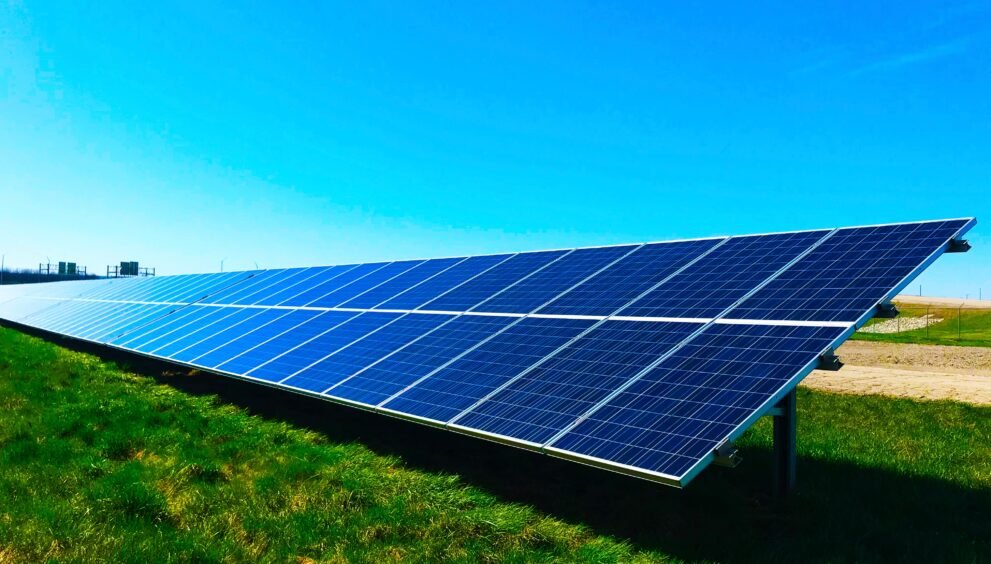Green Energy: Switch to Environmental-Friendly Energy Sources

Going green is the way of the future. Switching to green energy can make a huge difference in the amount of carbon emissions we release into the atmosphere. Green energy, also known as renewable energy, is generated from natural sources such as the sun, wind, and water. The benefits are numerous, including reducing our dependence on fossil fuels and helping to protect our environment. we will discuss in this article, the benefits and the different types of green energy available, and how to make the switch to environmentally-friendly energy.
Benefits
Green energy comes from renewable sources of energy. Renewable sources of energy include those which are continuously replenished and do not have any environmental effects. It offers several benefits that are not found in traditional fossil fuels.
Renewable
Green energy is renewable. Unlike fossil fuels, which are finite and non-renewable, renewable energy sources can be used indefinitely without running out. This makes them a much more sustainable and reliable source of energy.
Do not Contribute to Climate Change
green energy sources are clean and emit significantly fewer greenhouse gases. This means they have a much lower impact on the environment and do not contribute to climate change. In contrast, traditional fossil fuels emit a large amount of carbon dioxide and other pollutants into the atmosphere, which seriously negatively impacts human health and the environment.
Longer Lifespan
This type of energy is more cost-effective over the long term. While the initial cost of installing these systems may be high, the operational and maintenance costs are much lower than traditional fossil fuels. In addition, Its systems have a much longer lifespan than fossil fuel plants, which means they can generate electricity for a much more extended period.
In summary, green energy offers numerous benefits, making it a more attractive alternative to traditional fossil fuels. It is renewable, clean, and more cost-effective over the long term. These advantages have made it an increasingly popular choice for individuals and businesses around the world.
Types of Green Energy Sources
Green energy is becoming an increasingly popular choice among individuals and businesses worldwide. There is a variety of different sources available, each with its unique advantages and disadvantages.
Solar power is perhaps the most well-known form of green energy and for a good reason. This energy source harnesses the sun’s rays to generate electricity and is an incredibly renewable and clean source of power. With the right equipment, homeowners and businesses can easily install solar panels to generate their electricity.
Wind Power Electricity is produced by wind turbines by capturing wind energy. Wind power is another energy source gaining popularity. For centuries, wind power has been a major energy source in many countries.
Hydropower, also known as hydroelectric power, uses the energy from moving water to Wind power and has been a major energy source in many countries for centuries
In addition to these sources, there are several other forms of green energy, such as geothermal and biomass power. Geothermal energy involves tapping into the Earth’s internal heat to produce electricity, while biomass power utilizes organic materials, such as agricultural waste and wood, to produce energy.
Overall, green energy sources have numerous advantages over traditional fossil fuels. They are renewable, produce fewer emissions, and are generally more cost-effective over time. Investing is an essential step towards a sustainable future, but it is also necessary to acknowledge and address the challenges and limitations of these sources to make them a more viable option in the long term.
Challenges and Limitations
Despite its benefits, green energy also faces challenges and limitations. One challenge is the intermittency of renewable energy sources like wind and solar. Another limitation is the high upfront costs of installation. Additionally, some technologies require rare and valuable materials, leading to concerns about supply chain and sustainability issues.




